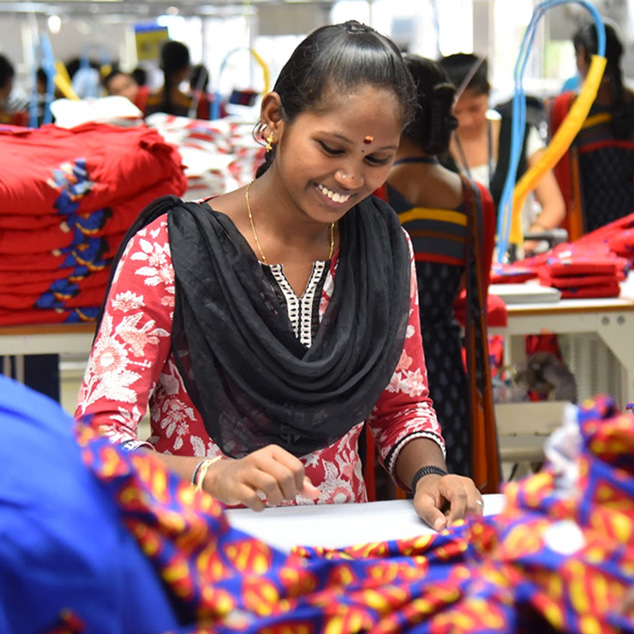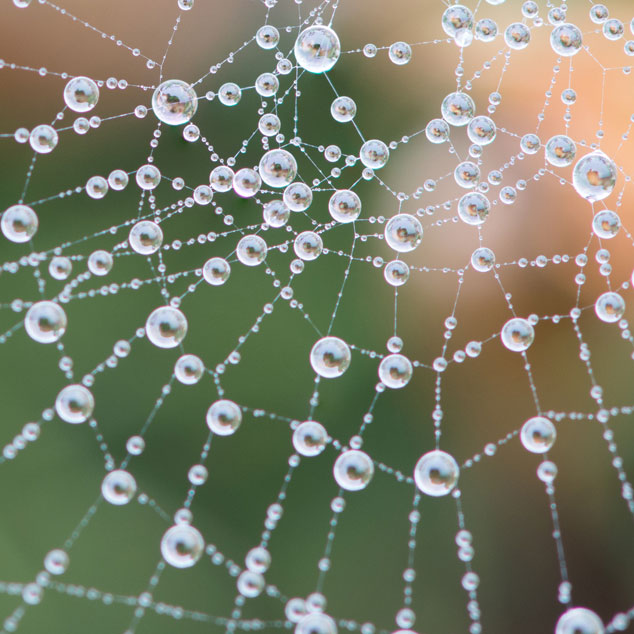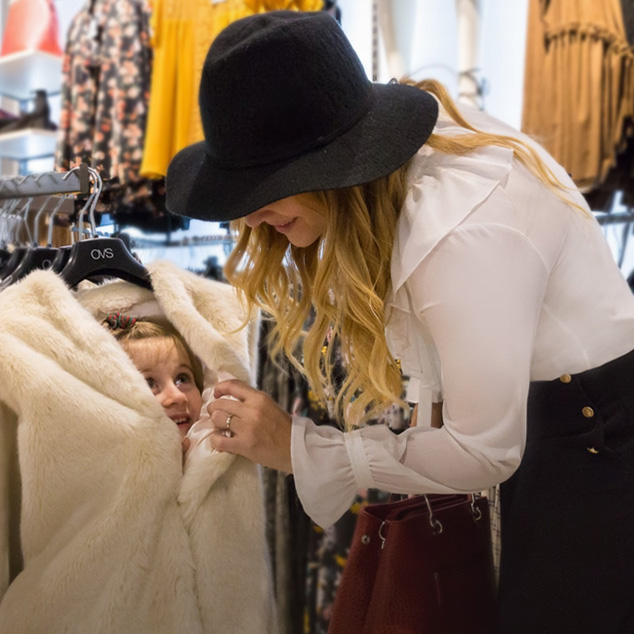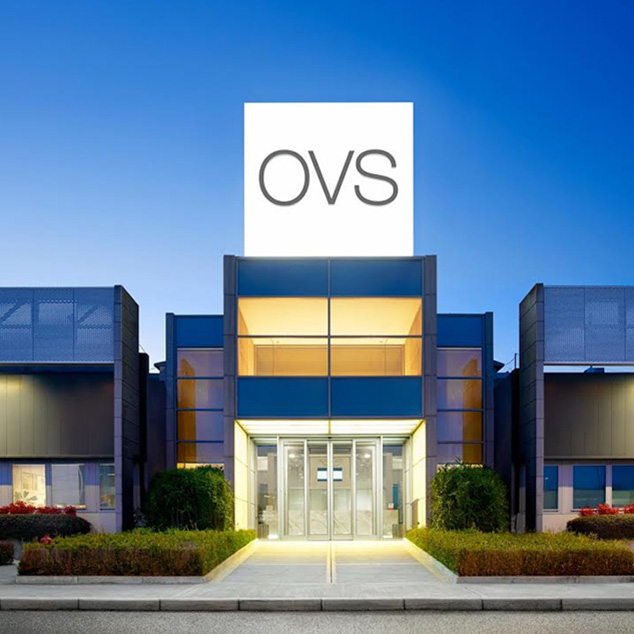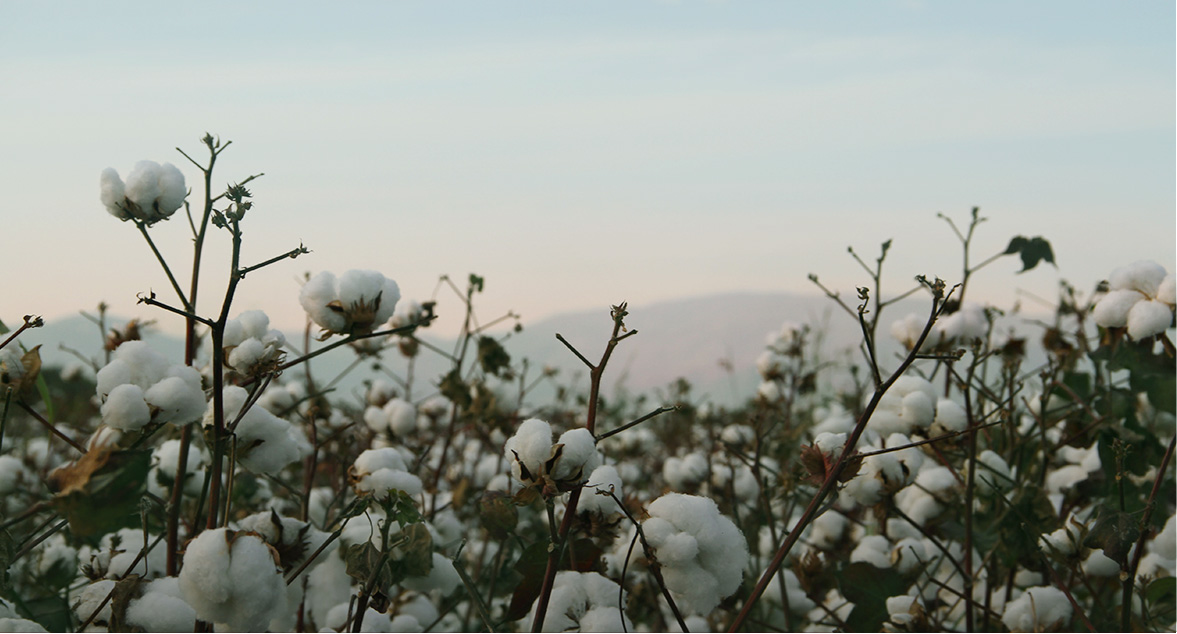
Sustainable Cotton
We’re embracing all things natural, and cotton is one of our primary resources: we buy more than 25.000 ton of cotton every year. About 70% of the material used in our products is cotton.
However, we also know that ‘natural’ does not always mean environmentally friendly.
That's why 100% of the cotton we used in our AW2021 season came from sustainable sources (organic, recycled, or part of the Better Cotton Initiative).
A NEW, IMPROVED COTTON INDUSTRY
Cotton is grown on just 3% of farmland but is responsible for 24% of insecticides and 11% of pesticides used worldwide. Chemicals used in the cotton-growing process cause damage to both farmers and local communities, and what’s more, the process also consumes vast quantities of water and fertilisers.

But there is another option: sustainable cotton can be ethically grown while drastically reducing harmful chemicals to the point of total elimination. This approach also uses much less water (-90%), improves land quality and promotes better working conditions for the people involved in the supply chain.
Promoting sustainable cotton-growing practices also involves a significant investment in educating farmers, so that they can utilise specialised expertise to champion positive improvement processes in the management of farmland and crops, all while growing their businesses.
At OVS, we are strongly committed to purchasing sustainable cotton, aiming to promote cotton farming without compromising people or the environment.
We are the first Italian company that started supporting Better Cotton, the world’s leading sustainability initiative for cotton. Better Cotton Farmers are farmers who use water efficiently, care for soil health and natural habitats, reduce use of the most harmful chemicals and respect workers’ rights and wellbeing. OVS is committed to sourcing 100% of our cotton as Better Cotton or from organic farming.
Better Cotton mission is to help cotton communities survive and thrive, while protecting and restoring the environment.
Among other activities, Better Cotton trains cotton farmers around the world on how to grow Better Cotton in their unique environment and context. Better Cotton is sourced via a chain of custody system called mass balance. This means that Better Cotton is not physically traceable to end products, however, Better Cotton Farmers benefit from the demand for Better Cotton in equivalent volumes to those we ‘source.’ Mass balance is a volume-tracking system that allows Better Cotton to be substituted or mixed with conventional cotton by traders or spinners along the supply chain while ensuring that the amount of Better Cotton sold never exceeds the amount of Better Cotton purchased. Click here to learn more.
“We used to carry out four to five pesticide sprays a day to keep pests at bay, but by applying the trap method, my pesticide expenditure has decreased significantly. By adopting BCI’s best practices, my net profit has improved significantly.”
Muralindhar, BCI farmer, India


We also support organic farming as our preference above all for children’s garments. In the 2020 collections we produced more than 70 million garments in certified organic cotton.
We actively support recycling processes to further reduce our impact and to ensure that worn-out fabrics get re-used. For example, we have been working to lessen the impact of our denim products without compromising on quality and we are also developing solutions for the large-scale use of recycled cotton in our knitwear collections.
100% OF COTTON PURCHASED BY OVS IN 2021 IS MORE SUSTAINABLE (ORGANIC OR RECYCLED OR CULTIVATED FOLLOWING BETTER COTTON STANDARDD)
ITALIAN COTTON
Today cotton is the most widely used fiber worldwide in the textile sector and the major producers are India and the United States.
Yet it was not always like this, at the end of the 1950s a total area of almost 350,000 hectares in Sicily was used for the cultivation of cotton, and so also in other areas of Southern Italy, and even today the characteristics of the soil and climate they are ideal for growing a high quality product.
A story of tradition and care that has been rediscovered and studied by Cotone Organico di Sicilia farm in the province of Palermo. From 2020 the farm aims to provide an organic cotton production in Sicily.
OVS was among the first Italian brands to believe in the project. It is no coincidence that cotton is the most used raw material in the production of its clothing and the company has been committed for years to improving the cotton supply system.
OVS wanted to follow the process right from the start, so that it participated in the first sowing on 22 April 2022, exactly on the date of Earth Day - the world day dedicated to safeguarding the planet. The cotton produced will be used in spring-summer 2023 for an entirely Italian capsule collection.
For OVS, the initiative represents an important turning point because the management of raw material production makes it possible to control impacts directly along the entire supply chain.
Furthermore, we are funding a PhD research, in collaboration with the University of Catania, to develop a protocol for regenerative farming of cotton and an LCA study will be conducted to precisely evaluate the impacts of this cotton cultivation.
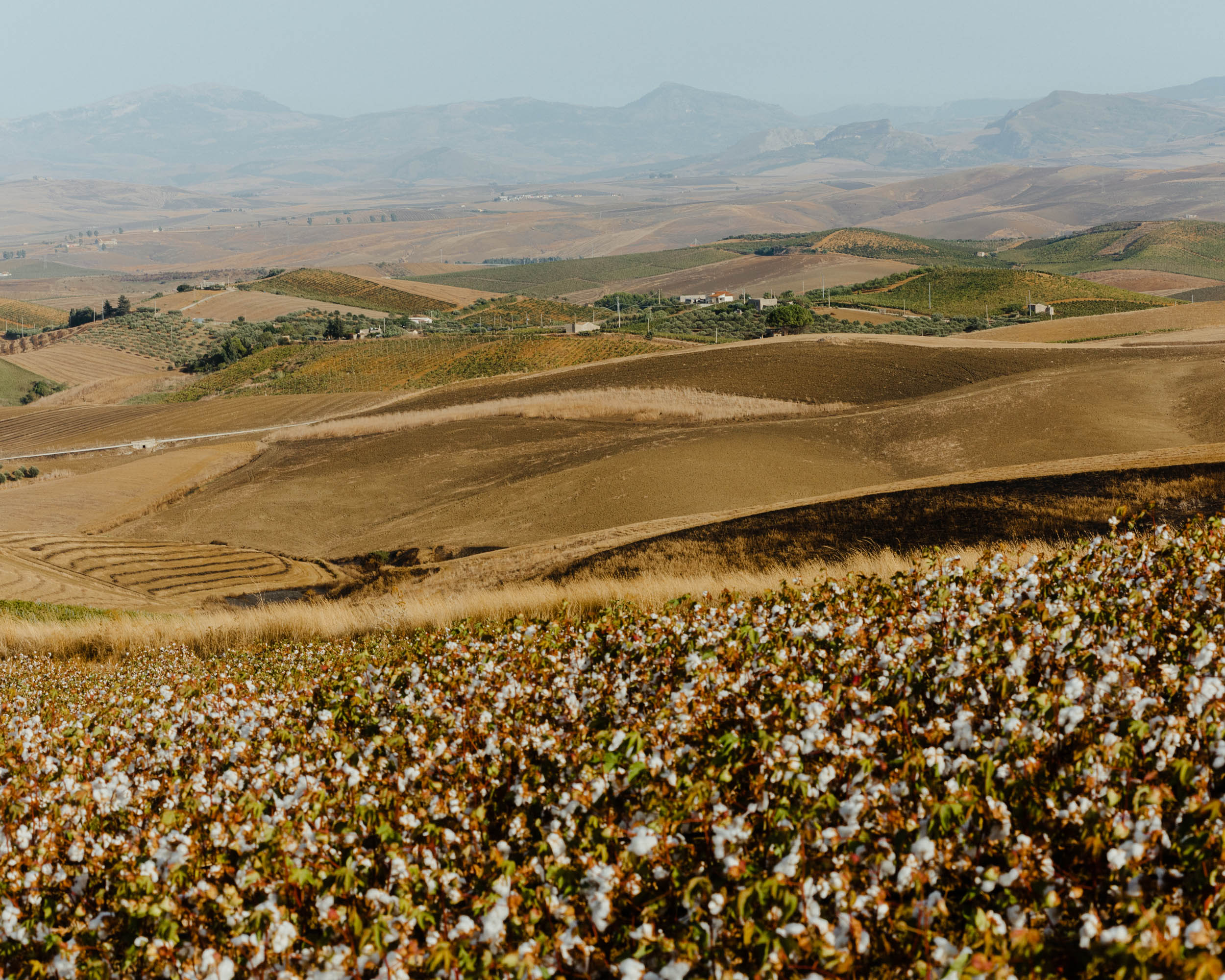
Cultivation
This cotton is grown according to Bio 843 criteria which guarantee the protection of the soil and avoid its impoverishment as pesticides, chemical fertilizers and GMO seeds are not used.
To protect the richness of the soil, farmers resort to crop rotation techniques and the production of compost and the insertion of curative insects. Ecosystem stabilization and abandonment of monocultures reduce crop losses due to drought and pests. Furthermore, before sowing, the soil is enriched with fertilizers of organic origin and no pesticides are used which dry out and impoverish the soil.
The cultivated fields are located near natural rainwater collection basins used for irrigation in the hottest weeks. The drip irrigation system is divided into sectors: a certain quantity of water is distributed daily which makes the soil moist, but not excessively wet, an ideal condition for cotton growth. Cotton is therefore grown with reduced water consumption, the most relevant aspect in terms of impact in the production of this fibre.



